Notice of Proposed Rulemaking to modify the Hazard Communication Standard
Ms. Maureen Ruskin
Acting Director
Directorate of Standards and Guidance
Occupational Safety and Health Administration
Ruskin.maureen@dol.gov
Submitted via regulations.gov.
RE: Hazard Communication Standard – Proposed rule; request for comments. 86 FR 9576. February 16, 2021. Docket OSHA-2019-0001.
Dear Ms. Ruskin:
RISE and CropLife America (CLA) provide the following comments to the Occupational Safety and Health Administration ((OSHA) on the Notice of Proposed Rulemaking (NPRM) to modify the Hazard Communication Standard (HCS) to conform with the United Nations’ Globally Harmonized System of Classification and Labeling of Chemicals (GHS) Revision 7. We appreciate the Agency’s intent, through this rulemaking, to address issues that arose during the implementation of the 2012 update to the HCS and provide better alignment with other U.S. agencies and international trading partners. We commend the Agency for its goal to assure safe and healthy workplace conditions and its purpose of providing a standardized approach for communicating workplace hazards associated with exposure to hazardous chemicals.
In addition to OSHA, we also promote workplace health and safety and align with the fundamental goal of HCS which is to identify, understand, and communicate the hazards associated with chemicals prior to worker exposure. We also support a clear and consistent approach to communicating information on workplace hazards. Unfortunately, the GHS and OSHA requirements for the safety data sheets (SDS) do not align with the Federal Insecticide, Fungicide, and Rodenticide Act (FIFRA) labeling requirements and this leads to confusion on hazard warnings as there are inconsistent approaches to communicating safety information on FIFRA regulated product labels versus the SDS. Hence, we continue to align with our longstanding position that FIFRA regulated pesticide products should be exempted from OSHA’s SDS requirements.
We strongly defend the EPA-approved label, based on the FIFRA regulatory scheme, which requires toxicity testing and then the development of labeling and application instructions that communicate chemical hazard information along with the establishment of risk-based permissible uses and application procedures. Ultimately, we want to minimize further changes to hazard classification, proposed in this rulemaking, that would exacerbate further misalignment between the FIFRA label and the SDS. In addition, the proposed amendments to the content of SDS and labels do not enhance worker safety but instead add onerous requirements. Our recommended changes offer a practical approach to this rulemaking and minimize further misalignment between the FIFRA regulated label and the SDS. In addition, we have proposed a more achievable implementation strategy that will not distract resources from the protection of worker health and safety.
Read the complete comments.
